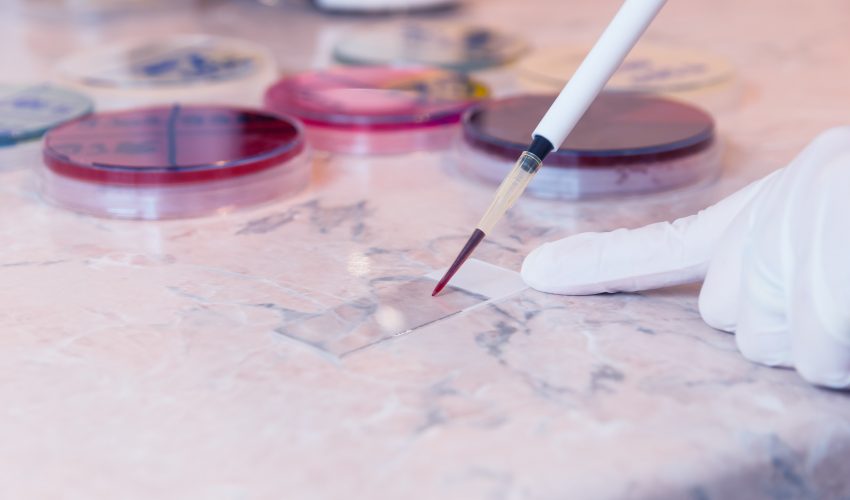Post Views: 1,458
Views No Comments
Often, sickle cell anemia is interchangeably used with sickle cell disease. But, sickle cell anemia is not the same, even when sickle cell anemia is its most common form. To start, sickle cell disease represents a number of different blood disorders that are inherited from the parents. However, sickle cell anemia refers to the inherited version of anemia, only.
The following is a full-guide to understand sickle cell anemia as a whole, and how to recognize it in patients.
Sickle cell anemia is a medical condition that refers to the lack of healthy RBCs to transport the required amount of oxygen all over the body. In normal circumstances, the RBCs will be round-shaped and flexible enough to move through the blood vessels. However, with sickle cell anemia, these cells will be sickle-shaped, stiff and sticky. Because of their irregular shapes, the blood cells would tend to get glued in the blood vessels, thereby, slowing down or blocking the blood flow, as well as oxygen supply to the parts of your body.
For the most part, there is no complete cure for sickle cell anemia. However, multiple treatments are available to help alleviate pain and other problems linked to the disease.
Generally, symptoms of the disease will show up in early childhood, as early as after four months of birth. In most cases, the symptoms are noted after six months of childbirth. Because there are various types of sickle cell disease, some of the symptoms of other forms of the disease overlap with sickle cell anemia.
The most common symptoms of sickle cell anemia include:
This disease is the result of a mutation that occurs in the gene that is responsible for making the red-colored, iron-rich compound called hemoglobin. As you might be aware, hemoglobin is the component that facilitates the RBCs to transport oxygen from the lungs to other parts of the body. The hemoglobin component is irregularly-shaped in sickle cell anemia patients, thereby leading to various problems.
The gene for sickle cell will be passed between generations in a process called “autosomal recessive inheritance”. To those who are unaware, in the autosomal recessive inheritance pattern, both the father and the mother can transfer the defective gene for the offspring to get the disease. In situations, where only one of the parents transfers the gene to the child, the particular child will carry the trait. Although these people will have some sickle cells, they won’t have any symptoms. However, they will act as the carriers of the disease.
A child would be at risk of contracting the disease only if both his or her parents carry the sickle cell gene. In order to determine this, a blood examination called “hemoglobin electrophoresis” will be done. In general, people from endemic malarial regions are more likely to carry these genes. These populations are typically from regions like Africa, India sub-continent, the Mediterranean regions, and Saudi Arabia. In the U.S., these defective genes are most likely to be present in black people.
Despite the fact that sickle cell anemia will be diagnosed in infancy, if your child shows any of the following symptoms, you must see your doctor:
Nowadays, newborns in the U.S. are subjected to be screened for sickle cell disease. Other forms of diagnosis include pre-birth testing that looks for the mutated gene in the amniotic fluid. Apart from this, a detailed examination of the patient’s history, blood tests, and hemoglobin electrophoresis will be conducted to diagnose the disease.
Although there is no cure for the disease, various treatment options are available. These are:
Apart from these, a bone marrow transplant is effective in treating sickle cell anemia, which will typically done on children who are 16 years of age and under.
In order to prevent sickle cell anemia from affecting your child, you have to do is to determine whether you are carrying the trait. If yes, you must seek the help of a genetic counselor before trying to get pregnant. A genetic counselor will not only inform you of the risks but will also suggest preventive steps, probable treatments, and reproductive options.
Sickle cell anemia is interchangeably used with sickle cell disease. But, sickle cell anemia is not the same, even when sickle cell anemia is its most common form. Read on to have a full-on guide to understanding what makes sickle cell anemia different from other forms of sickle cell disease.

